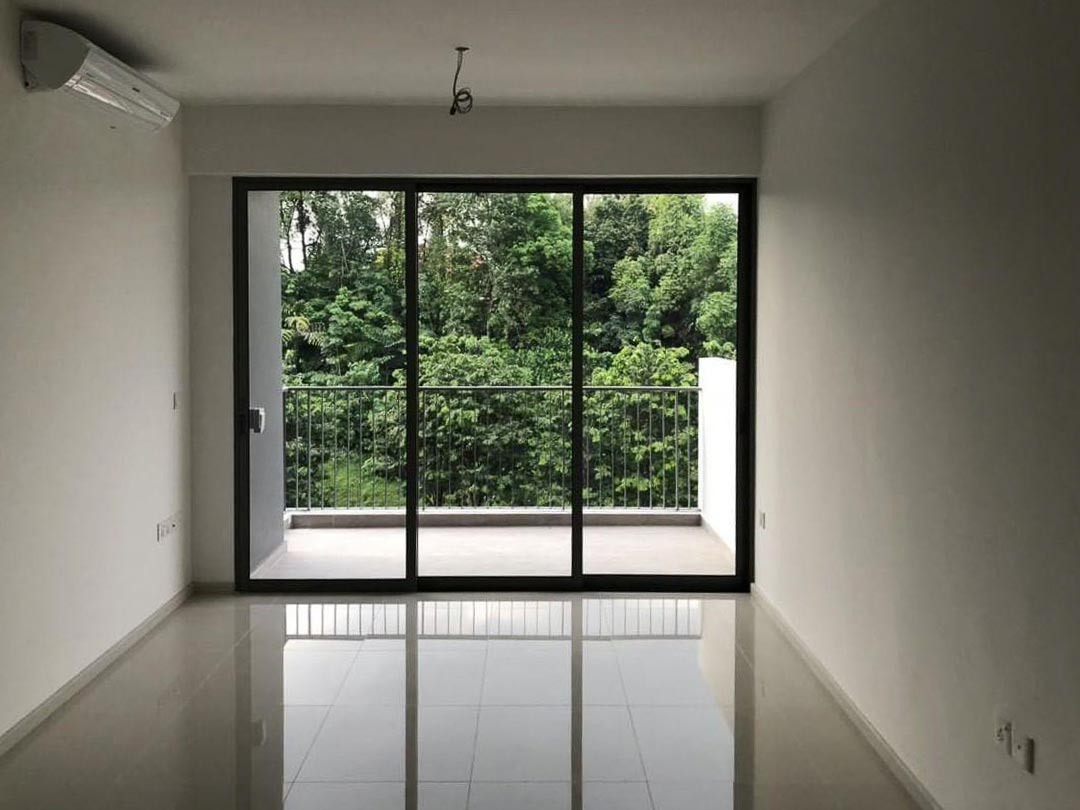In the real estate scene in Singapore, TOP is usually used to refer to the date that you can move into a newly-completed development. More specifically, a Temporary Occupation Permit (TOP) is a permit that allows homeowners to occupy the building temporarily when the key requirements are met.
This is because it may take some time to obtain the Certificate of Statutory Completion (CSC — more on that later). By law, a CSC or TOP is required to occupy the building.
While it often goes unnoticed, in Singapore, all buildings need government-authorised approval before they can be occupied. The Temporary Occupation Permit (TOP) is a legal document signifying the metaphorical stamp of approval, effectively christening a building as occupiable.
It is common practice for the developer of a building to apply and obtain the TOP. As a prospective owner or tenant, you will have to do little but make sure the building you are to move into has a TOP or CSC.
Why is the Temporary Occupation Permit (TOP) needed?
Short answer: TOP allows some flexibility in occupying a building before it is 100% completed, when it’s deemed safe to do so.
Long answer: To ensure high standards of building quality are maintained, the Building and Construction Authority (BCA) has put in place an extensive mix of requirements that all developers have to meet if they wish to build in Singapore.
To make sure the requisites are indeed met, the BCA has designed a multitude of regulations, processes and procedures involved in the planning, design, construction and implementation of an industrial building development. When the entire process is concluded, the developer will apply for a CSC, and when granted, the buildings can from that moment onwards be legally occupied.
Sometimes a situation arises where a subset of the development is essentially ready to be occupied, while other parts are still under construction. Think of a development where the residential units have been completed, but there are common facilities such as the swimming pool that are still being worked on.
Such circumstances lead to an opportunity where the completed units can be occupied, even though the development as a whole is not yet ready. This is where the TOP comes in.
It allows the owners to move in earlier, and the developer to cater to prospective buyers who prefer to buy a unit that’s completed.

CSC — TOP’s big brother
So when talking about the TOP, you cannot go without talking about its big brother, the Certificate of Statutory Completion. Or put more dauntingly, the CSC. Intimately related, the CSC is another legal document which stipulates that a building can be occupied. While there are a few subtle differences, the CSC can simply be viewed as a more permanent version of the TOP.
TOP and CSC: What’s the difference?
There are two main differences between the TOP and the CSC.
The first difference is that while the TOP is optional, the CSC will eventually have to be acquired and is as such imperative.
Secondly, for the CSC to be granted, a lot more requirements have to be met by the developer than with the TOP.
TOP application procedure
As mentioned earlier, the responsibilities to apply for the TOP lie with the developer. But to give you an idea of what the TOP entails, here’s a brief summary of the steps involved.
- An inspection of the relevant buildings and premises will have to be arranged with the BCA. This responsibility lies with the developer who will generally appoint a “qualified person” (either a registered architect or professional engineer) to arrange and manage the site inspection.
- If the inspection was successful, then all the required documents and clearances from the other relevant technical authorities will have to be submitted and approved. This responsibility also falls on the developer.
Express TOP
If time is of the essence, the TOP can be obtained within one working day by making use of a fast-track system. It involves meeting all the TOP requirements such as the site inspection and submitting compliance certificates from key technical departments.
Would you buy a property before or after the Temporary Occupation Period (TOP)? Let us know in the comments section below or on our Facebook post.
If you found this article helpful, 99.co recommends New Launch vs. Resale Condos: Which is a Better Investment Property? and 6 new launch condos with discount potential.
Looking for a property? Find the home of your dreams today on Singapore’s fastest-growing property portal 99.co! If you would like to estimate the potential value of your property, check out 99.co’s Property Value Tool for free. Meanwhile, if you have an interesting property-related story to share with us, drop us a message here — and we’ll review it and get back to you.
Frequently asked questions
What is a Temporary Occupation Permit?
The Temporary Occupation Permit (TOP) is a permit that allows homeowners to occupy the building temporarily when the key requirements are met as it may take some time to obtain the Certificate of Statutory Completion (CSC).
Who issues the Temporary Occupation Permit?
The Commissioner of Building Control of the BCA issues the Temporary Occupation Permit.
What is the difference between TOP and CSC?
While the TOP is optional, the developer has to apply for the CSC for it to be occupied. There are also more requirements to fulfill to get the CSC.
The post Temporary Occupation Permit (TOP) — What is it? appeared first on 99.co.

